After a devastating disease outbreak more than 20 years ago, the Faroe Islands salmon sector is now hitting its stride
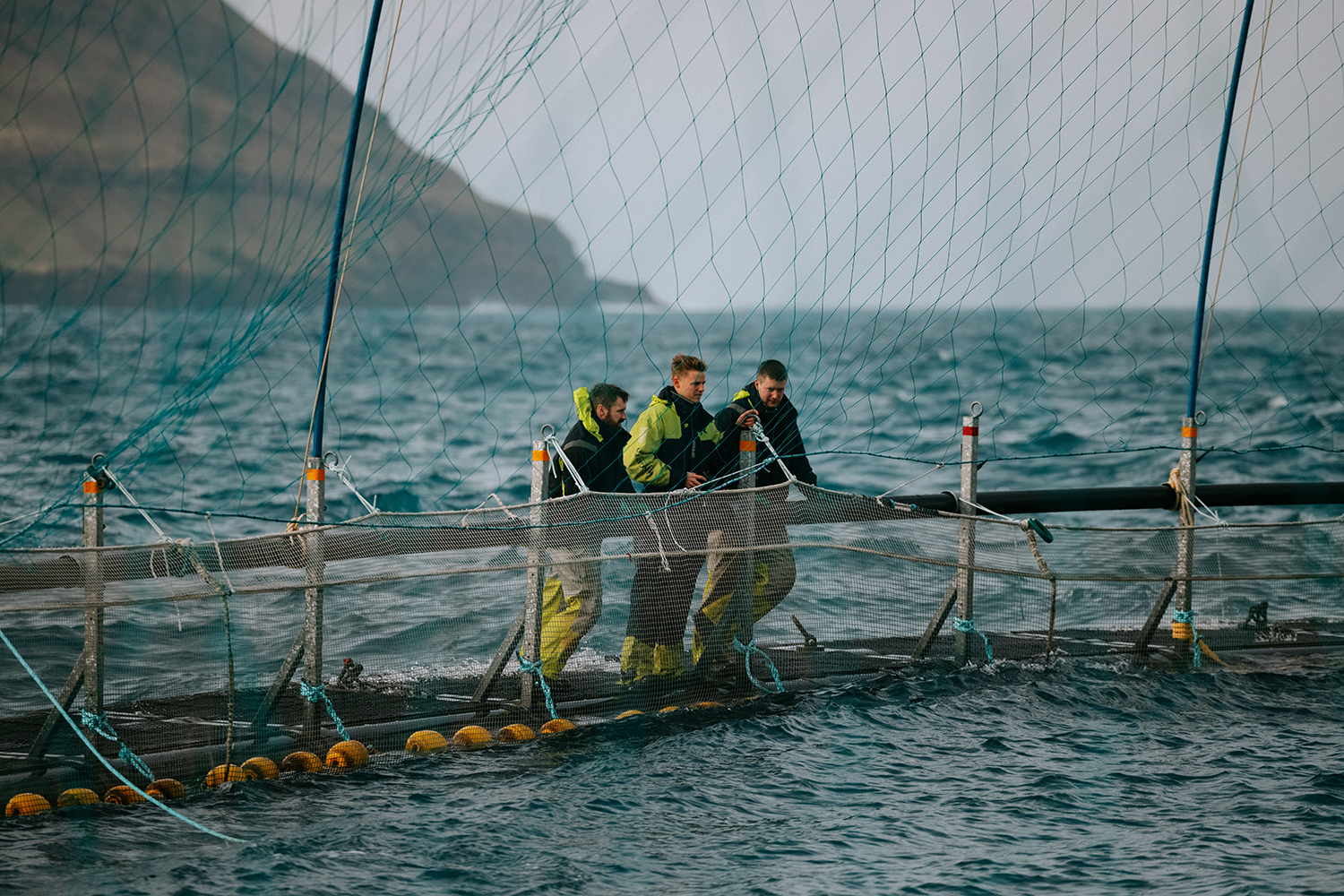
When it comes to meeting the global demand for Atlantic salmon, the Faroe Islands is making its mark. Located in the heart of the North Atlantic Ocean, the islands are a proud seafood nation, applying their centuries-old maritime traditions to the development of a salmon farming sector that combines an ideal natural environment with a deep commitment to quality.
The Faroe Islands have been farming salmon for just 50 years, but they’ve become so successful that salmon now makes up about half of all the products they export. According to Jóhanna Lava Køtlum, CEO of the government-owned Faroese Aquaculture Research Centre Firum, the first decades were tough, but thanks to radical changes and experience to build on, the sector is now thriving.
“One example of the size of salmon production here dates back to 2022, when Norwegian salmon production per capita was 80.5 kg, but in the Faroes, it was 1,373 kg,” Køtlum told the Advocate. “We have strong production legislation, rapid technological improvements in post-smolt production on land and we have moved production away from sheltered areas in the fjords to more exposed ocean. These changes have transformed the sector over the years and we have learned a lot from good and bad experiences.”
Although a relatively small salmon producer compared to giants like Norway and Chile, the industry’s growth in the Faroe Islands has been impressive. In 2023, the Faroe Islands produced approximately 80,000 metric tons (MT) of farmed salmon, with around 90,000 MT expected in 2024, according to Atli Gregersen, CEO of Hiddenfjord, which farms Atlantic salmon in five locations on the islands. Data from the 2023 Global Finfish Aquaculture Production Survey and Forecast produced by the Global Seafood Alliance and Rabobank also reveals remarkable growth of the industry on the islands.
“The Faroe Islands was a great success story, and they will have 30 percent [growth in 2024], which is amazing,” said Gorjan Nikolik, senior analyst at Rabobank, presenting at the Responsible Seafood Summit last year.
In many ways, the Faroe Islands are ideally set up for salmon farming success. The water around the islands is cold, clean, and rich in oxygen, which is just right for Atlantic salmon. The ocean temperature stays steady at about 46.5 degrees-F (8 degrees-C) year round, while the fjords range from 55 degrees-F (11 degrees-C) in summer to 43 degrees-F (6 degrees-C) in winter. The water also flows well, preventing waste build-up, and the area’s isolation helps protect the fish from diseases.
More recently, there have been increased efforts to move production at sea further out, where currents are significantly stronger. This would allow farms to produce more salmon and offer the potential for the sector to grow.
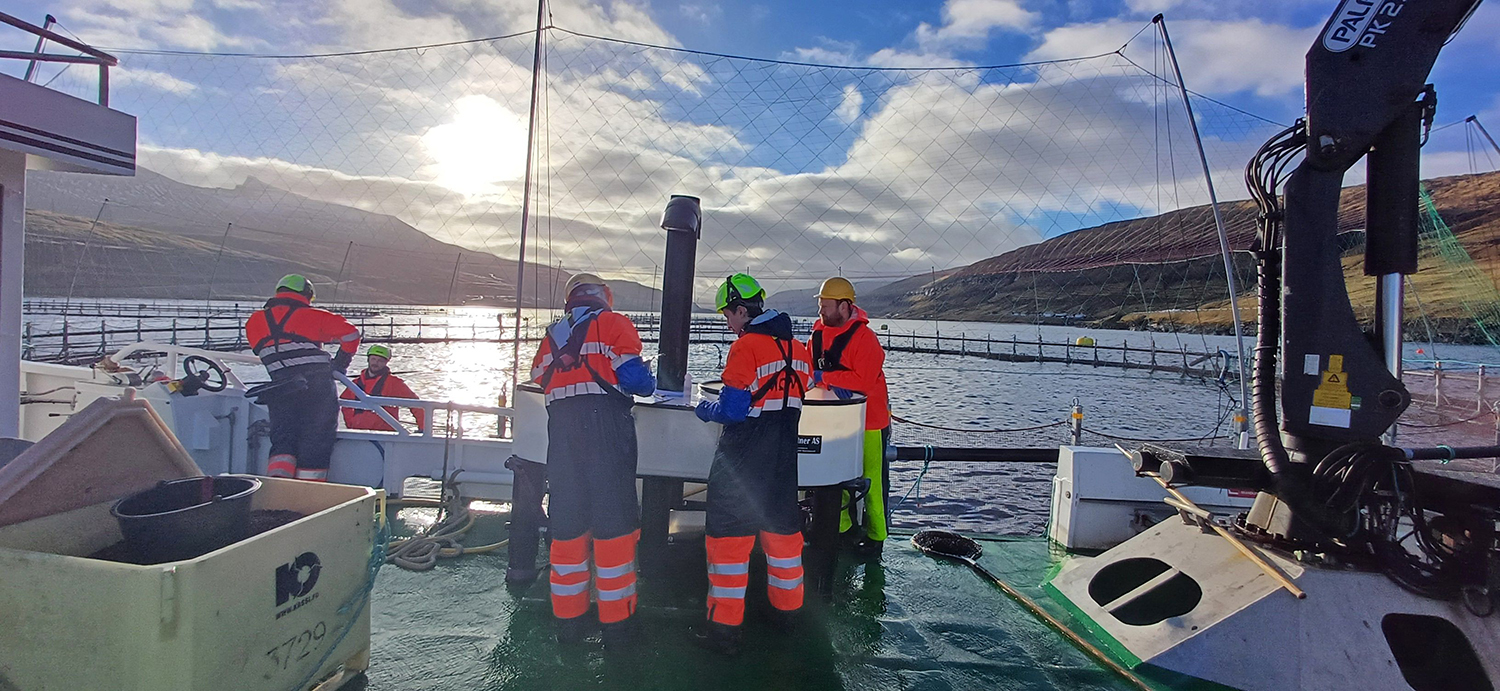
Stable production is also attributed to considerable investment in producing bigger smolt on land, said Gregersen. In 2005, following an infectious salmon anemia (ISA) outbreak in 2001, Hiddenfjord was forced to keep 400-gram smolts in its hatchery before releasing them into the sea. Having discovered that keeping smolt on land for extended periods resulted in good performance, in 2010 the company decided to increase the size of its smolts and shorten their time at sea per generation. Today, it stocks smolts of around 700 to 800 grams and starts to harvest within eight to nine months. The objective is to enhance the potential of salmon when they reach the sea for grow-out.
“Once sea lice have established in a fjord, they will quickly spread elsewhere,” said Gregersen. “If the number of sea lice is high, farmers need to delouse all the time, and this can increase mortality rates. Experience shows that reducing the time smolts spend at sea also reduces sea lice problems.”
Previously, a farmed salmon on the Faroe Islands might spend one-third of its life in freshwater and two-thirds in sea cages. Now, those ratios are typically reversed.
It’s not only the production of bigger smolts that matters. The Faroe Islands have also consolidated their disease prevention strategies after learning the hard way from the 2001 ISA outbreak.
“After the outbreak, we doubted that we would ever produce salmon again,” said Køtlum. “However, radical changes were made in the years after this with new regimes, a legislation overhaul and a complete reform of our veterinary system. At Firum, we focus on the welfare of salmon and the environment. The constant measurement of fish welfare and environmental health gives a very good indication of general wellbeing.”
Fish welfare is monitored through internal control as part of farms’ production procedures and compulsory veterinary checks. Meanwhile, Firum conducts sea lice counts every 14 days, with samples of 20 fish examined from each cage. This counting system is unique, said Køtlum, because Firum is the only approved sea lice counter on the islands.
The center has also developed systems to monitor the spread of sea lice between fjords and forecast development in different production areas throughout the salmon’s time at sea. Firum also monitors planktonic sea lice, measures how many lice detach from salmon during handling and crowding and investigates the robustness of lumpfish and their ability to eat sea lice. Better data provide new research opportunities and give industry and authorities a better basis for planning, said Køtlum.
Gregersen adds that strict rules and good farming operations have also contributed significantly.
“Change was initiated by those in the sector who could see that things needed to be done differently and wanted a stronger, more robust system,” he said. “We established an all-in, all-out strategy that was partially implemented in Scotland, and the sector skyrocketed from 2005 onwards with very good results. We established a policy of only one salmon farm per fjord, coupled with rigorous fallowing to prevent the spread of sea lice and disease and introduced restrictions to prevent boats from sailing between the farming sites.”
As a result, mortality rates decreased from 20 to 30 percent per generation to 2 to 5 percent. Gregersen says the Faroe Islands are also strict on how much sea lice a farm can have and have implemented a penalty system whereby too many points means that a farm will not be allowed to produce as much salmon next season. Therefore, farms work hard to maintain low sea lice levels as much as possible.”
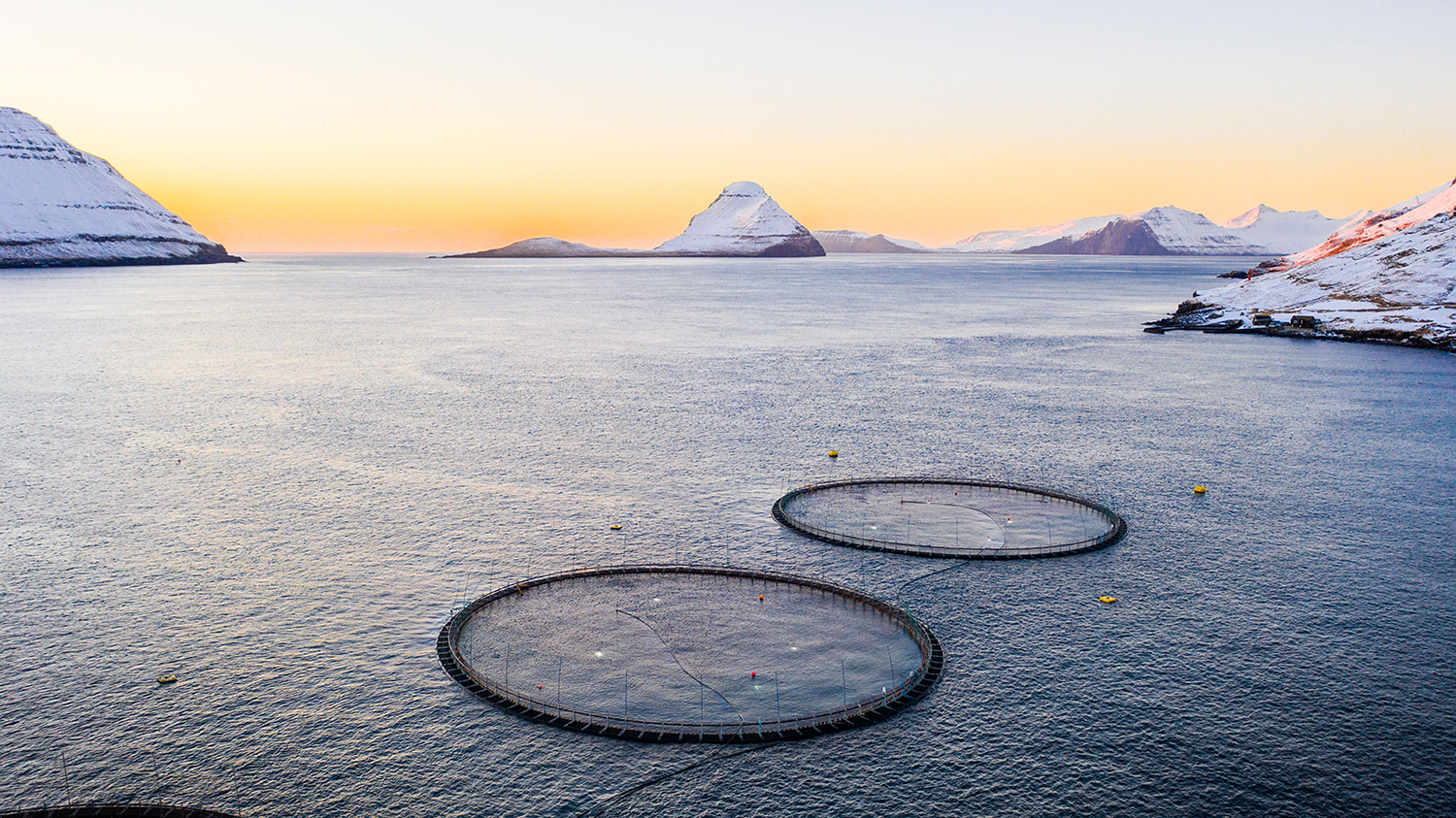
With environmental sustainability among its core company values, in October 2020 Hiddenfjord took a significant step to become the world’s first salmon producer that doesn’t use air freight and instead, relies purely on ships for a more low-emission transportation of its products. Delivering fresh salmon by ship to Europe and the United States has led to a carbon footprint reduction of 94 percent for overseas transport. Despite extra traveling time, a stress-free harvesting method, unique cooling system with temperature control and meticulous cleaning of the salmon prior to chilling ensure that they arrive in good condition.
“We want to avoid putting too much pressure on nature, and CO2 emissions is one area that we need to address where we can,” said Gregersen. “Flying salmon from the Faroes or Norway to the U.S. East Coast produces 7 kg of CO2 per kilo of fish. On the other hand, if you ship salmon to the U.S. by boat, you only produce around 0.35 kg.”
Further down the line, research and international collaboration could boost the sector even more. Genetic research and improvements in salmon broodstock have led to more robust salmon, especially over the last 20 years. There has also been a significant research focus on feed ingredients, RAS systems, fish health and the impact of fish welfare on flesh quality, said Køtlum, as well as collaboration with other salmon farming countries, including Norway and Scotland, at the technology improvement level.
Looking ahead, Køtlum is optimistic about the sector’s future in the Faroe Islands.
“It’s important to focus on stable production and resulting environmental impact,” she said. “A high level of knowledge and awareness of these impacts, and how widespread they could be, will really secure salmon farming’s potential. It’s a huge sector that is fundamental to developing our country, and its rapid growth so far has been fantastic. Further growth must build on knowledge, collaboration between science, government and industry, and be the result of good and safe production.”
Now that you've reached the end of the article ...
… please consider supporting GSA’s mission to advance responsible seafood practices through education, advocacy and third-party assurances. The Advocate aims to document the evolution of responsible seafood practices and share the expansive knowledge of our vast network of contributors.
By becoming a Global Seafood Alliance member, you’re ensuring that all of the pre-competitive work we do through member benefits, resources and events can continue. Individual membership costs just $50 a year.
Not a GSA member? Join us.
Author
-
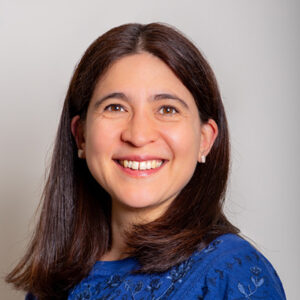
Bonnie Waycott
Correspondent Bonnie Waycott became interested in marine life after learning to snorkel on the Sea of Japan coast near her mother’s hometown. She specializes in aquaculture and fisheries with a particular focus on Japan, and has a keen interest in Tohoku’s aquaculture recovery following the 2011 Great East Japan Earthquake and Tsunami.
Tagged With
Related Posts
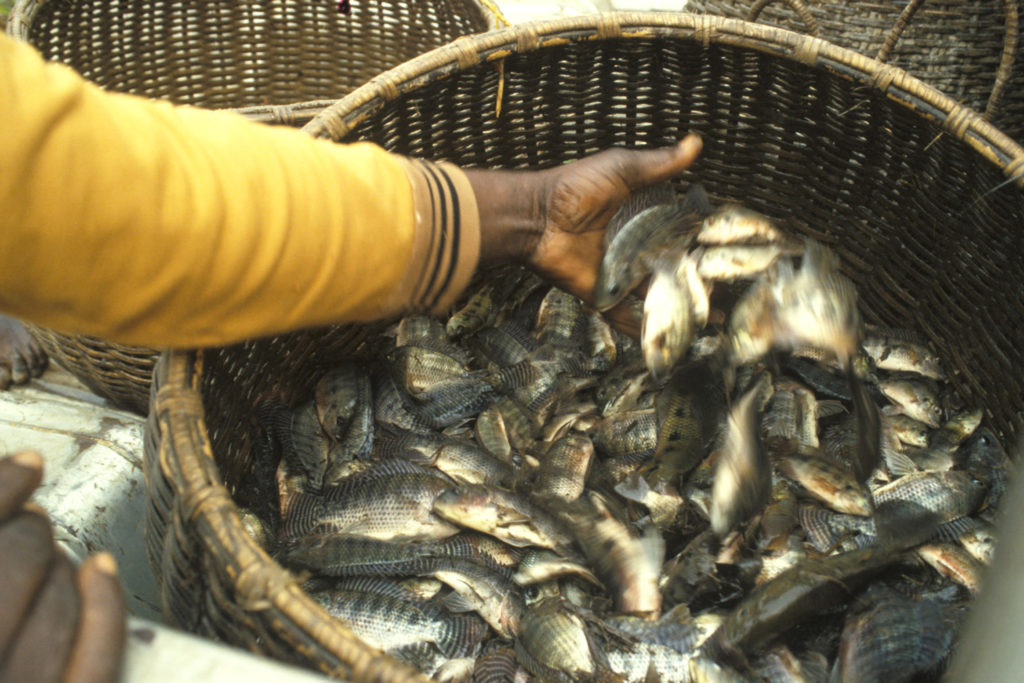
Responsibility
A helping hand to lend: UK aquaculture seeks to broaden its horizons
Aquaculture is an essential contributor to the world food security challenge, and every stakeholder has a role to play in the sector’s evolution, delegates were told at the recent Aquaculture’s Global Outlook: Embracing Internationality seminar in Edinburgh, Scotland.
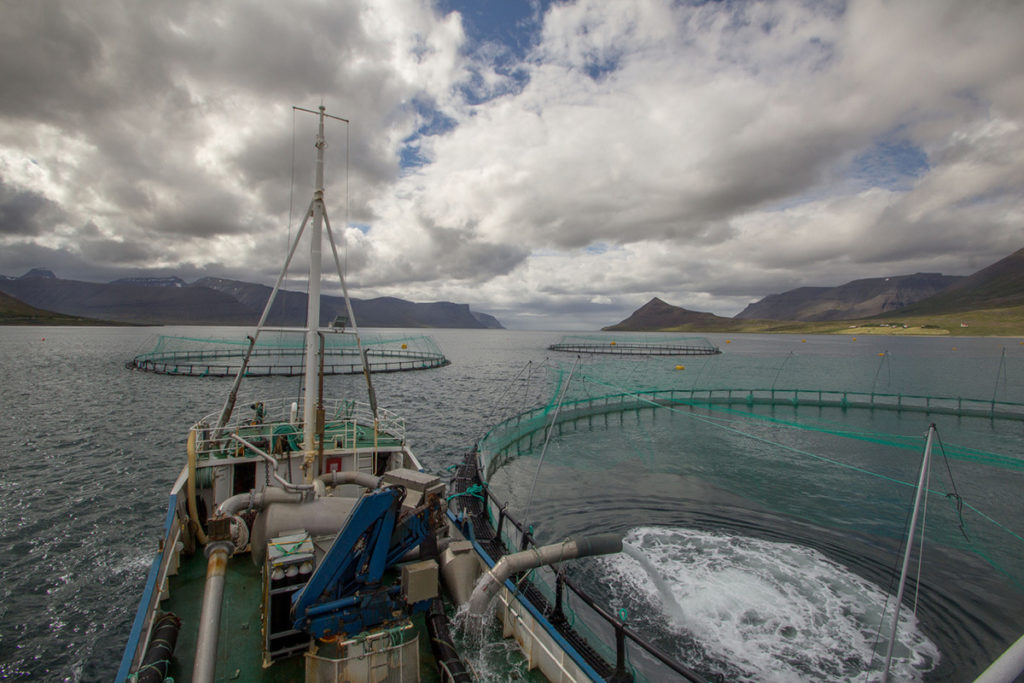
Intelligence
For these Nordic salmon farmers, it’s niche-ly done
Prioritizing quality and provenance over volume, Nordic nations Iceland and the Faroe Islands are plowing a rich furrow in the farmed salmon sector.
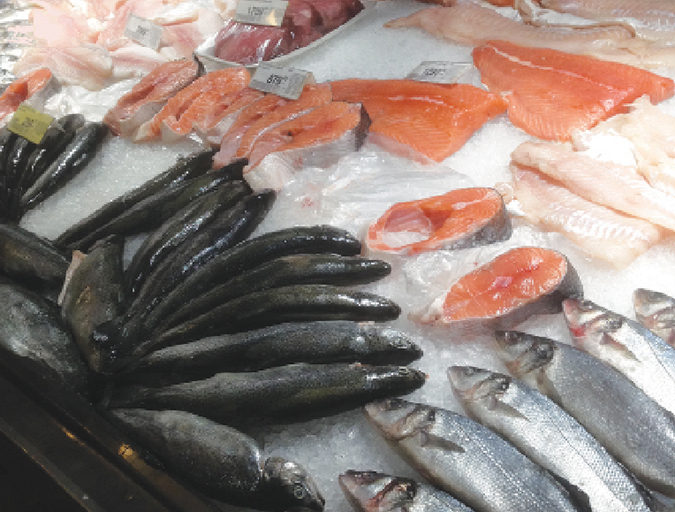
Intelligence
Russian food embargo: Who’s been hurt?
Russia’s 2014 embargo on seafood and other food imports from the United States, European Union members and other countries created multiple impacts. Russian consumers have experienced higher prices and declines in the volume and quality of seafood available. Russian companies in seafood value chains have also been hurt.
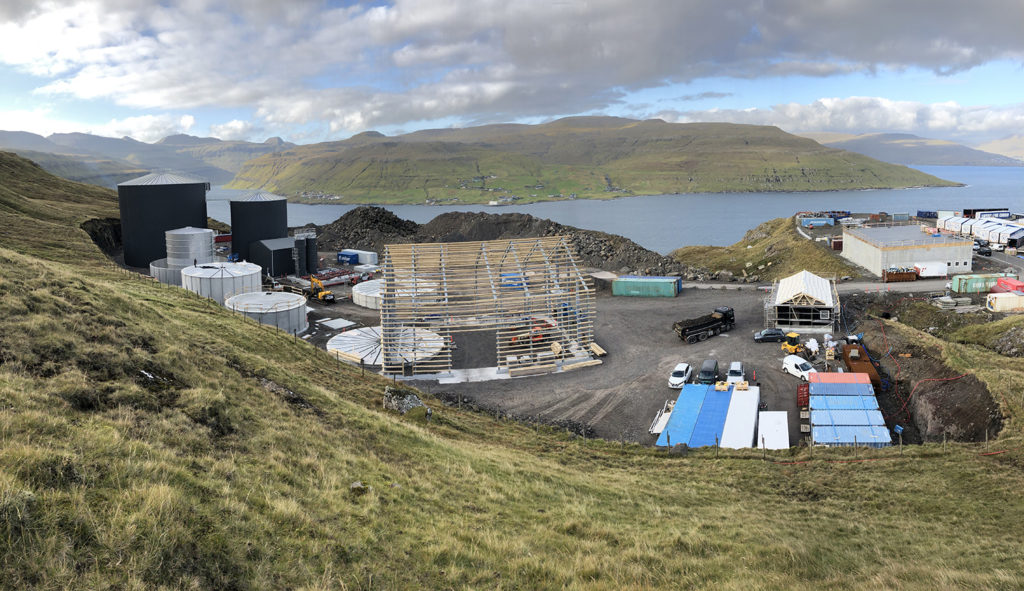
Aquafeeds
Waste not: Novel protein-recapture initiatives for aquaculture
A Norwegian fermentation technology firm utilizes volcanic matter to transform salmon waste, including feces and uneaten feed, into a high-protein powder.


